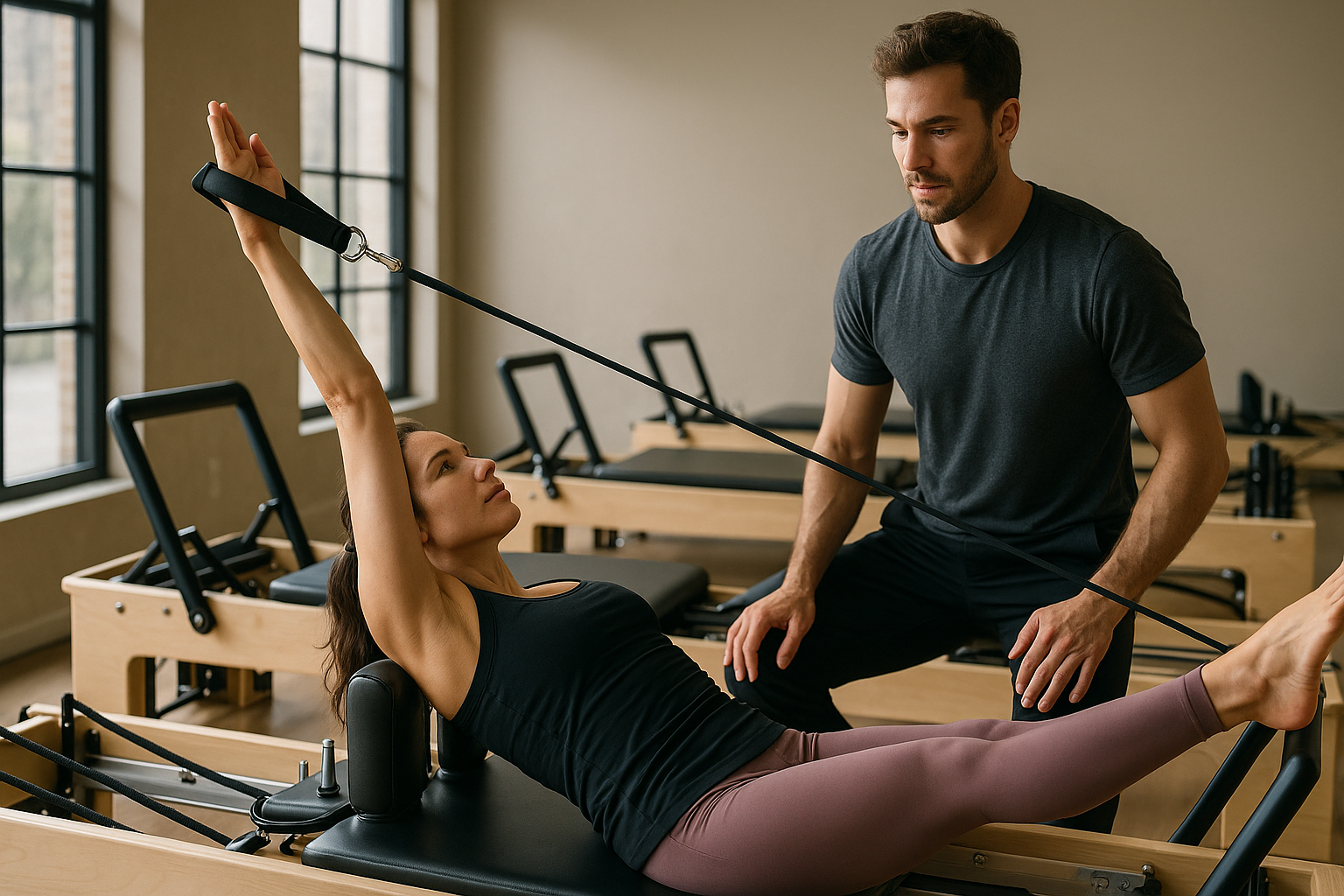Post-exercise skin and recovery care tips
A targeted post-exercise routine helps protect your skin and speeds physical recovery. This article covers practical steps for cleansing, rehydration, nutrition, mobility work, sleep considerations, and simple bodyweight strategies to support recovery. Read on for structured tips that fit into most workout schedules.

A thoughtful post-exercise approach balances immediate skincare with recovery practices that reduce soreness and support long-term progress. After a session, the body continues to adapt—muscles rebuild, inflammation resolves, and skin can react to sweat and friction. Prioritizing a short, consistent routine that includes cleansing, rehydration, targeted stretching, and nutrition helps keep skin healthy while optimizing recovery for subsequent workouts.
How should you clean your skin after workouts?
Immediately after workouts, sweat and environmental debris can clog pores and irritate the skin. Begin by rinsing with lukewarm water to remove sweat; avoid hot showers that strip natural oils. Use a gentle, pH-balanced cleanser on areas prone to breakouts, such as the face, chest, and back. For friction-prone spots, change out of damp clothing quickly and pat skin dry rather than rubbing.
Post-cleanse, apply a light, non-comedogenic moisturizer to restore the skin barrier. If you exercised outdoors, consider a cleansing wipe or quick shower to remove pollen or pollution particles. For sensitive skin, choose fragrance-free formulations to minimize irritation. These small steps reduce the risk of clogged pores and support healthier skin between sessions.
How to support recovery with hydration and nutrition?
Hydration starts immediately after exercise: replenish fluids lost through sweat with water or an electrolyte beverage for longer, intense sessions. Aim to drink steadily over the next few hours rather than consuming a large volume at once. Nutrition plays a parallel role—consume a balanced meal or snack within 30 to 90 minutes after training that includes protein to support muscle repair and carbohydrates to restore glycogen.
Practical options include a yogurt and fruit bowl, a lean protein sandwich, or a smoothie with milk, protein powder, and a banana. Micronutrients like vitamin C and zinc support tissue repair, while omega-3s can help moderate inflammation. Tailor portions to the intensity and duration of your workouts and to your overall daily needs.
What mobility and stretching help recovery?
Light mobility work and targeted stretching can accelerate recovery by improving circulation and reducing stiffness. Focus on dynamic mobility drills immediately after warming up and more gentle static stretching after exercise when muscles are warm. Incorporate movements that address joints and muscle groups used in the workout—for example, hip mobility and hamstring stretches after running, or thoracic mobility and pec stretches after upper-body work.
Include 5 to 10 minutes of controlled foam rolling or self-massage for tight areas to promote blood flow and reduce focal tension. Flexibility work should be pain-free and progressive; consistent short sessions are more effective than infrequent long holds. These practices also support long-term range of motion improvements and movement quality.
How can bodyweight and strength aid endurance and recovery?
Integrating bodyweight strength work into a training plan supports structural resilience, which in turn reduces recovery time from repetitive stress. Exercises such as squats, lunges, push-ups, and planks build functional strength without heavy loads, making them suitable for light recovery days or as part of cooldown circuits.
Active recovery sessions with low-intensity bodyweight movements maintain blood flow and facilitate nutrient delivery to muscles while avoiding excessive fatigue. For endurance athletes, alternating hard sessions with strength-focused or mobility-focused days helps balance adaptation and minimize overuse. Progress strength gradually and include rest or lower-intensity days to allow full recovery.
How does sleep affect skin and recovery?
Sleep is a central pillar of recovery. During deep sleep, the body releases hormones that promote muscle repair and skin regeneration. Aim for consistent sleep duration and timing—most adults benefit from 7 to 9 hours per night. Poor or fragmented sleep undermines recovery, increases perceived exertion during workouts, and can exacerbate skin issues such as inflammation or delayed barrier repair.
Good sleep hygiene includes a cool, dark environment, limiting screens before bed, and avoiding large meals or stimulants close to bedtime. When sleep is prioritized alongside hydration and nutrition, recovery becomes more efficient and skin health is better maintained.
Sample post-exercise routine for overall recovery
A simple, repeatable routine keeps aftercare consistent without adding much time to your day. Example:
- Cool down with 5 minutes of light aerobic movement and 5 minutes of mobility or stretching focused on the muscles used.
- Shower or rinse with a gentle cleanser; change into dry clothes promptly.
- Rehydrate with water or an electrolyte drink and have a balanced snack containing protein and carbohydrates.
- Perform 5–10 minutes of foam rolling or bodyweight stability work if needed.
- Apply a light moisturizer to facial and body areas prone to dryness or irritation.
- Aim for regular sleep that supports your weekly training load.
This flexible routine can be adapted to short high-intensity sessions or longer endurance workouts. Monitor how your body responds and adjust the timing or components—more mobility if you feel stiff, or slightly higher carbohydrate intake after prolonged efforts.
Conclusion
Combining consistent skincare with deliberate recovery practices—hydration, targeted nutrition, mobility work, and adequate sleep—creates a robust framework that helps skin stay healthy and the body recover efficiently between workouts. Small, repeatable habits often produce the most reliable results over time.





